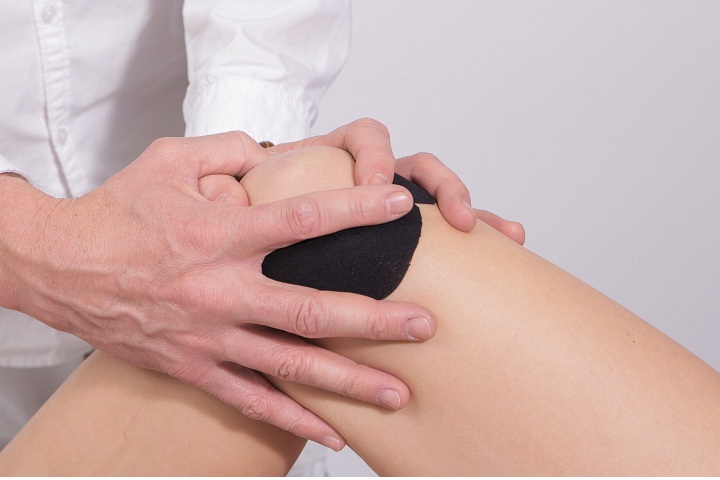Bone spurs are hard and smooth bumps of additional bone that form on the ends of bones. They most typically occur in joints, where two bones meet. Bone spurs can occur on parts of the body like your hands, heels, knees, neck, shoulders, hips, and spine.Â
While most bone spurs do not cause pain and create health problems, if you have bone spurs that rub against other bones or press against nerves, you could experience stiffness and pain.
Diagnosing Bone Spurs
Before we look at the symptoms and causes of bone spurs, let us first look at how bone spur diagnosis takes place. Â
People with symptoms will first get evaluated by their regular doctor. Then, they will usually be referred to a specialist like a rheumatologist or orthopedic doctor. The former specializes in joint problems while the latter focuses on the musculoskeletal system.Â
In addition to feeling the joint to check for a bump, a medical professional would order an x-ray to confirm the bone spur and see it better. Â
Other tests to diagnose bone spurs include CT scans, which use x-rays to take detailed pictures of the body’s interior, MRI scans, which use radio waves and powerful magnets to take pictures, and electroconductive tests, which measure how quickly your nerves send electrical signals. Electroconductive tests can also show the damage that the bone spurs have caused to the nerves in the spinal canal.Â
Symptoms of Bone Spurs
Many people have bone spurs without them causing problems. But when they press on your nerves, tendons, or other structures inside your body, you can feel pain and stiffness in the affected area, especially when you bend or move the affected joint.Â
Other symptoms you could experience from bone spurs include:
- Muscle spasms.
- Cramps.
- Numbness, weakness, or tingling in your legs or arms.Â
- Bumps underneath your skin, which mainly occur in hands and fingers.
- Trouble controlling your bladder or your bowels; although this symptom is rare. It only happens when the bone spur presses on specific nerves in your spine.Â
Furthermore, sometimes bone spurs can break off and get stuck in a joint’s lining, which locks up the joint and can make it difficult to move.Â
Five Causes of Bone Spurs
What causes bone spurs? Here are five of the main causes.
1. Osteoarthritis
Joint damage from osteoarthritis, which is also known as degenerative joint disease, is the most common cause of bone spurs.Â
Osteoarthritis happens when the cartilage that cushions the ends of bones wears down with age. The disease can damage any joint, but it most commonly affects the joints in the hands, knees, hips, and spine.
2. Rheumatoid Arthritis
Rheumatoid arthritis is an inflammatory and autoimmune disease. That means a person’s immune system attacks healthy cells by mistake. The result is inflammation, usually around several joints at once.Â
3. Lupus
Lupus can also damage your joints and cause bone spurs. The condition of lupus affects the immune system and can cause problems with a person’s joints, skin, kidneys, and other organs.
4. Gout
Gout is a complex form of arthritis. It is common and can affect anyone. Gout involves sudden and severe attacks of swelling, pain, and tenderness in one or more joints. Usually, gout occurs in the big toe.Â
5. Joint and Tendon Injuries
Bone spurs can also occur after injuries to joints or tendons. It is your body’s way of trying to fix the damage; by adding extra bone to the injured area.Â
Other Causes
In addition to the above five causes of bone spurs, there are others. Bone spurs can occur when people have a narrowing of the spine.
They can also occur from bone problems that people are born with. Diet, obesity, genes, and overusing joints can also sometimes contribute to bone spurs.


















